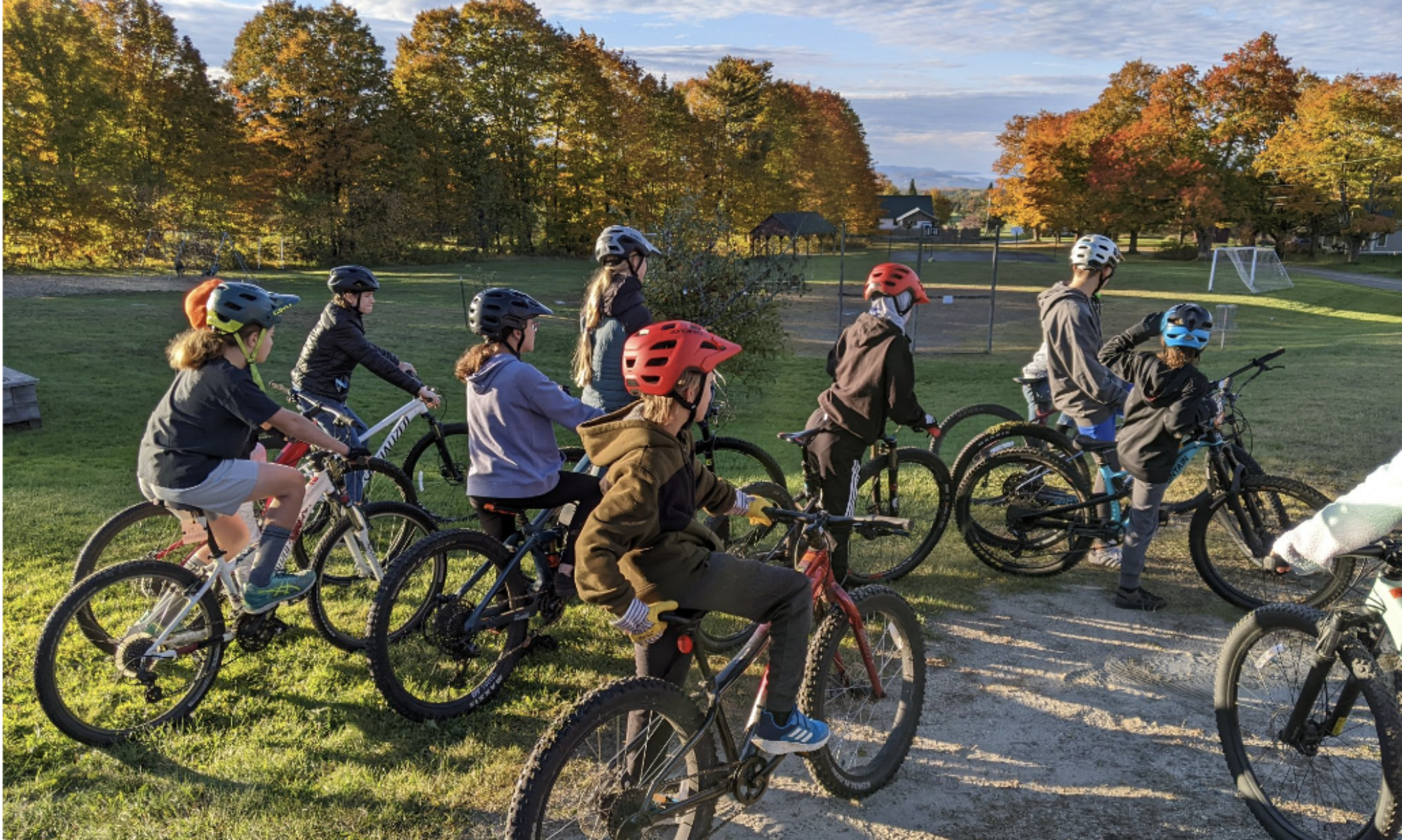Those of us holding virtual synchronous meetings with our learners recognize the need to build in opportunities to collaborate. Just like in our face-to-face classrooms, we value small group interactions. And that leads us to ask: how best to facilitate effective small group work in our distance and hybrid instruction? Just as collaborative small group sessions work best when we provide clear routines, structures, and role expectations, the same principles apply to online spaces. Let’s look at six ways we can set up maximum engagement and learning in Zoom Breakout Rooms.
1. Invite students into spaces based on their readiness level and work preference
How do you invite students to choose which group to join? As you think about yourself as a learner, what makes you feel welcome? What catches your eye and pulls you in? To be clear, let’s move beyond joining a space where all your friends are. Instead, what are some ways you can help students think about where they are as learners on a particular day? And how much learning are they capable of right now, given everything else going on? In a way, we can compare this to digital flexible seating.
One of the ways to create engaging breakout rooms is to collect that self-assessment data from learners. Throw up a quick poll, or a compelling graphic. And when we say “poll”, know that even something as simple as Jam or Not A Jam? provides you with a good idea of who’s bringing the energy, and who needs a little space.
In this first example, educator Mollie Safran (@safsocialstudy) put up a graphic that asked students to choose a breakout room based on how much explicit support they wanted from the instructors.
Was thinking about how we could use blackboards “choose your breakout room” feature to meet different learner’s needs and this is what I came up with. Different levels of support or collaboration in different rooms! pic.twitter.com/ljt5efM2yz
— Mollie Saf (@safsocialstudy) August 10, 2020
And then in this next example, Shannon Surell (@Ms_Surell) created a graphic that asks students to choose a breakout room based on their energy level. Because it’s important that students choose their speed.
Tried my very own breakout rooms today during independent math work time and I LOVE IT! It was so easy to help the kids who needed additional guidance. I was actually surprised at how many students prefer "The Quiet Room"! Can't wait to try them again! #d15learns #breakoutrooms pic.twitter.com/oKdQlqJ6ge
— Shannon Surell (@ShannonSurell) September 9, 2020
2. Clarify roles expectations
Jessica DeMink-Carthew assigns specific roles to her students when sending them off into breakout channels in Microsoft Teams. Why? Because providing the best just-in-time support for students in breakout rooms helps them know they’re in the right place. Jessica anchors the class through running each session using a set of Google Slides. She does this by including the names of each person assigned to each group so students know in advance with whom they’ll be working that day. She creates clear roles to include a Recorder, whose role it is to take notes so she has an easy way, without interrupting the workflow to check in on each group’s progress.
Here’s a short walkthrough of her process:
3. Use protocols
Troy Hicks describes multiple ways to facilitate breakout room work using protocols based on the size of the group and length of time together in this post: Designing breakout rooms for maximum engagement.
His main goal is to create structures that “smooth out the roadblocks and provide space for others to lead via break out room structures.” If you want to learn more about using protocols with students, check out this book Protocols in the Classroom
4. Provide collaborative graphic organizers
Consider creating clear tasks in the break out room by inviting collaboration in graphic organizer work. Matt Miller (@DitchThatTxtbk) shares 25 Free Google Drawings Graphic Organizers to help students work together and organize their thoughts. “Paper versions of graphic organizers can do a nice job of that. But by making them digital in Google Apps, they instantly become customizable. Multiple people can collaborate on them in real time.” As a result, you can save yourself loads of time by getting an editable copy of one of these templates and assigning it to small groups in breakout rooms.
5. Provide choice and structured activities through stations rotations
Stations Rotations provide a facilitated means to foster communication and collaboration among students in breakout rooms. And so this structure allows us to differentiate that learning as well. Caitlin Tucker describes the process in Station Rotation in an Era of Social Distancing. And Jordy Tollefson and Marilyn McCalister share their detailed approach to Virtual Stations Rotations in this Google Slide Deck. Check out their group norms, sample schedules, and meeting structures.
6. Scaffold teamwork
Start with low stakes projects. Help students understand the elements of effective teaming as an entry point for project work. Provide an inviting way to practice by getting to know each other.
Carla Bevins describes how she creates a first team project where she asks small teams to learn about Tuckman’s Stages of Group Formation. And, to share the results of their own conflict management and leadership self assessments before they launch into a small group project.
My colleague Audrey Homan, in her post on Best Practices for Videoconferencing with students writes we want to design spaces where
“Every student wants to take part in the conversation. That every student appreciates every other student, and appreciates this works is currently very difficult, but that these remote learning spaces can offer a place to be centered as a learner, and valued as a person.”
Providing supported facilitation in breakout rooms is one sure step toward that goal.
Want to learn more?
Check out Katie Martin’s 5 Ways That Teachers are Using Breakout Rooms to Create More Learner-centered Experiences in Distance Learning.
And Eric Sheninger’s advice for Remote Learning Collaboration Strategies:
Strategies to Foster Discourse and Collaboration in Remote Learning Environments https://t.co/zGF4f5uzWE #Edchat #FutureReady #COVIDedu #covid19EDU #distancelearning #808educate pic.twitter.com/XwFfsumWpq
— Eric Sheninger (@E_Sheninger) August 16, 2020
Which of these routines or strategies might you employ to center your learners in breakout spaces?


